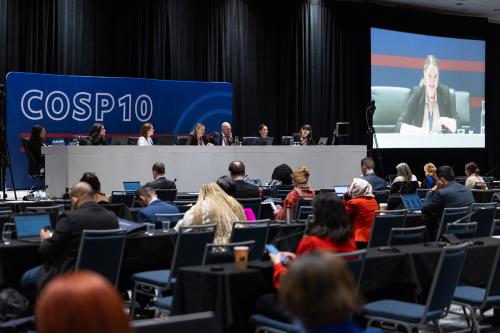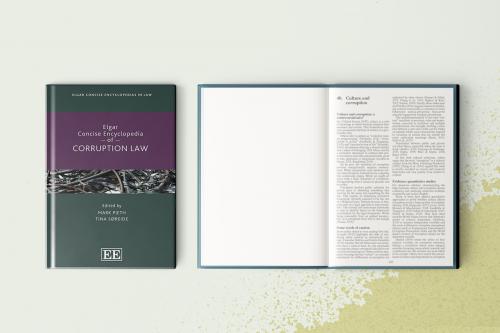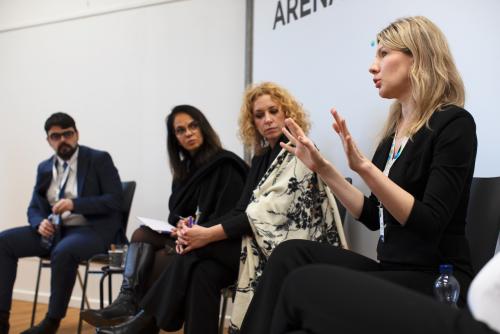Sustainable change through anti-corruption Collective Action
A modified version of this article appears in the Leaders' Anti-Corruption Manifesto, a collaborative publication developed with written contributions from business and civil society, for the Anti-Corruption Summit in London, 12 May 2016.
There is no silver bullet against corruption: As the UN Convention Against Corruption notes, “ a comprehensive and multidisciplinary approach is required to prevent and combat corruption effectively.” But what could such approaches entail in practice? In some countries, markets and or industries, bribery is an entrenched and systemic problem that is difficult for any single group to address effectively. In other words, the combined efforts of the public and private sector, civil society and citizens are needed, and all are essential in contributing to a concerted approach.
Anti-Corruption Collective Action offers stakeholders different methods to tackle and prevent corruption as it affects them, with the common goal of reducing the waste of scarce resource, cutting costs for business and ensuring that essential services reach those that need them without the added tariff of a bribe.
The involvement of an organisation in any Collective Action against bribery, including in the same business sector, has been recognised as one of the fundamental elements of adequate internal corporate compliance procedures by the UK government in its Guidance on the UK Bribery Act.
The time has now come for corporates, governments and other stakeholders to seize the opportunities that Collective Action offers; engaging in constructive dialogue with peers, competitors, other sectors and stakeholders, and together with neutral facilitators develop pragmatic solutions to address the corruption challenges that often appear to be insurmountable.
The results can help to level the playing field for business, make an effective and sustained difference to citizens’ lives and ensure that governments properly spend scarce resources.
One example of Collective Action is the High Level Reporting Mechanism pioneered by the OECD and the Basel Institute on Governance to address the concerns of businesses that are faced with demands for bribes or otherwise subject to arbitrary and unfair treatment by the public authorities. This mechanism provides an alternative and complementary approach to law enforcement, with the focus on practical solutions that are business oriented, legal, economic and transparent. The HLRM tool can help to improve procurement processes and offers a novel incentive to encourage foreign direct investment.
Governments, the private sector and all members of society are encouraged to pledge their support to engage in such Collective Action initiatives, create the conditions to enable such platforms to flourish and to consider the possibilities afforded by such approaches including the High Level Reporting Mechanism.




